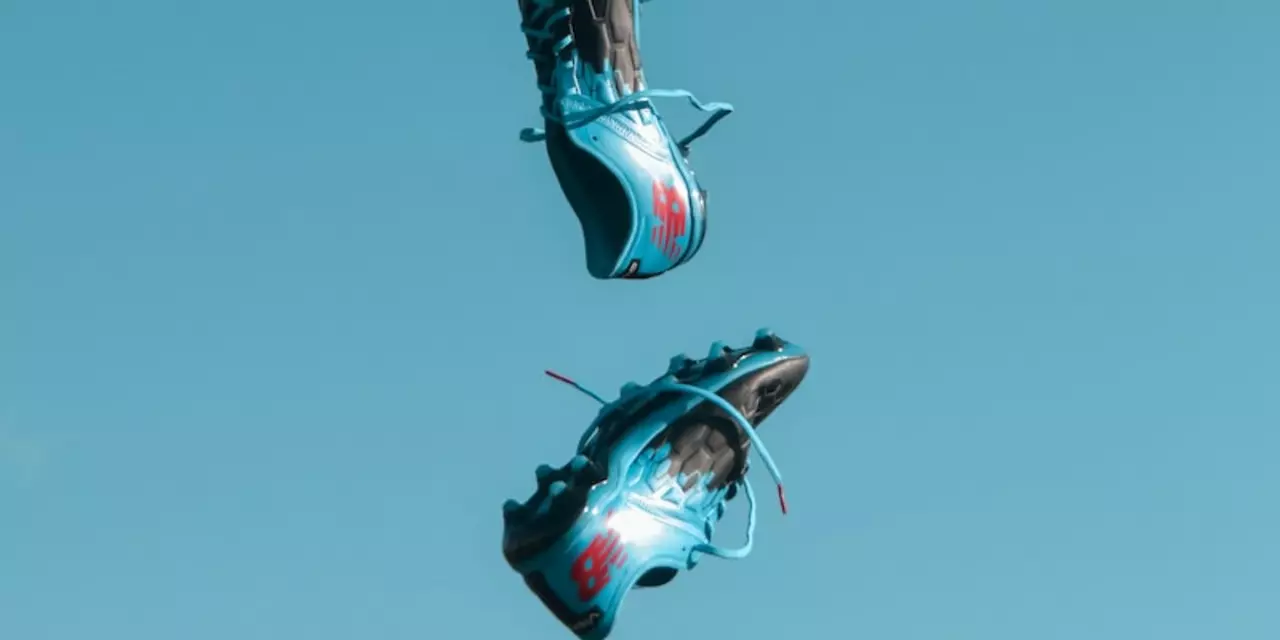DIY Soccer Equipment – Build, Fix, and Personalise Your Gear
When working with DIY Soccer Equipment, the practice of creating or modifying soccer gear at home using tools you already own or can buy cheaply. Also known as Do‑It‑Yourself Soccer Gear, it lets players save money, avoid generic fits, and add a personal touch to everything from boots to goal‑post nets.
Why DIY matters for soccer players
One of the most common projects in this niche is adjusting soccer cleats, the footwear that provides grip on grass or artificial turf. Players often need to shrink or stretch them after a break in use. A quick blast from a hairdryer can relax leather fibers, but for tighter spots a shoe stretcher, a device that gently expands the toe box and vamp works wonders. The process is simple: heat the material, slip the stretcher in, turn the knob a few clicks, and let it sit while the leather cools. You’ll feel the difference the next time you lace up.
Even after you’ve reshaped the toe, the cleat’s surface can still feel stiff. That’s where a leather conditioner, a moisturizing product designed to keep leather supple and resistant to cracking comes into play. Apply a thin layer, work it in with a soft cloth, and let it absorb for a few minutes. The conditioner penetrates the grain, reduces friction, and makes the material more receptive to heat. When combined with a heat gun, a handheld tool that delivers focused hot air for fast softening, you can achieve a custom fit in minutes instead of hours.
These three tools—shoe stretcher, leather conditioner, and heat gun—form the core kit for any DIY soccer enthusiast. Using them together creates a clear workflow: heat → stretch → condition. The heat gun softens, the stretcher reshapes, and the conditioner locks in the new shape while protecting the leather. This workflow isn’t limited to cleats. It also works for other equipment like shin guards, where a bit of molding can make a big difference in comfort, or even for customizing a training ball’s surface grip by applying chalk and a light heat treatment. The underlying principle stays the same: modify the material while it’s pliable, then set it in place with a protective finish.
Beyond gear, DIY approaches extend to field accessories. Need a portable goal net? A few strong cords, PVC pipe, and a basic netting kit can be assembled in under an hour, giving you a practice setup that fits any backyard. Want to upgrade your ball‑draining tray? A simple drill and some rubber grommets turn a standard box into a rain‑proof storage solution. These projects show that DIY isn’t just about fixing what’s broken; it’s about creating tools that match your playing style and training routine.
All the tips above lead back to the core idea: DIY Soccer Equipment gives you control over fit, performance, and cost. Below you’ll find a collection of step‑by‑step guides that dive deeper into each technique, from shrinking tight cleats with a hairdryer to building a complete portable training kit. Whether you’re a weekend player looking to save a few pounds or a serious athlete chasing the perfect fit, the articles ahead will give you practical, hands‑on advice you can start using today.
How to make soccer cleats smaller?
Making soccer cleats smaller is a common problem for soccer players. This article offers several ways to do this, including using a hairdryer, wearing thicker socks, and purchasing soccer cleats one size smaller than normal. Additionally, it recommends stretching the toe area of the cleats with a shoe stretcher and using a heat gun to help make the cleats fit better. Finally, it suggests using a leather conditioner to help soften the material and make it easier to stretch. Following these steps can help soccer players get the best fit for their cleats.
